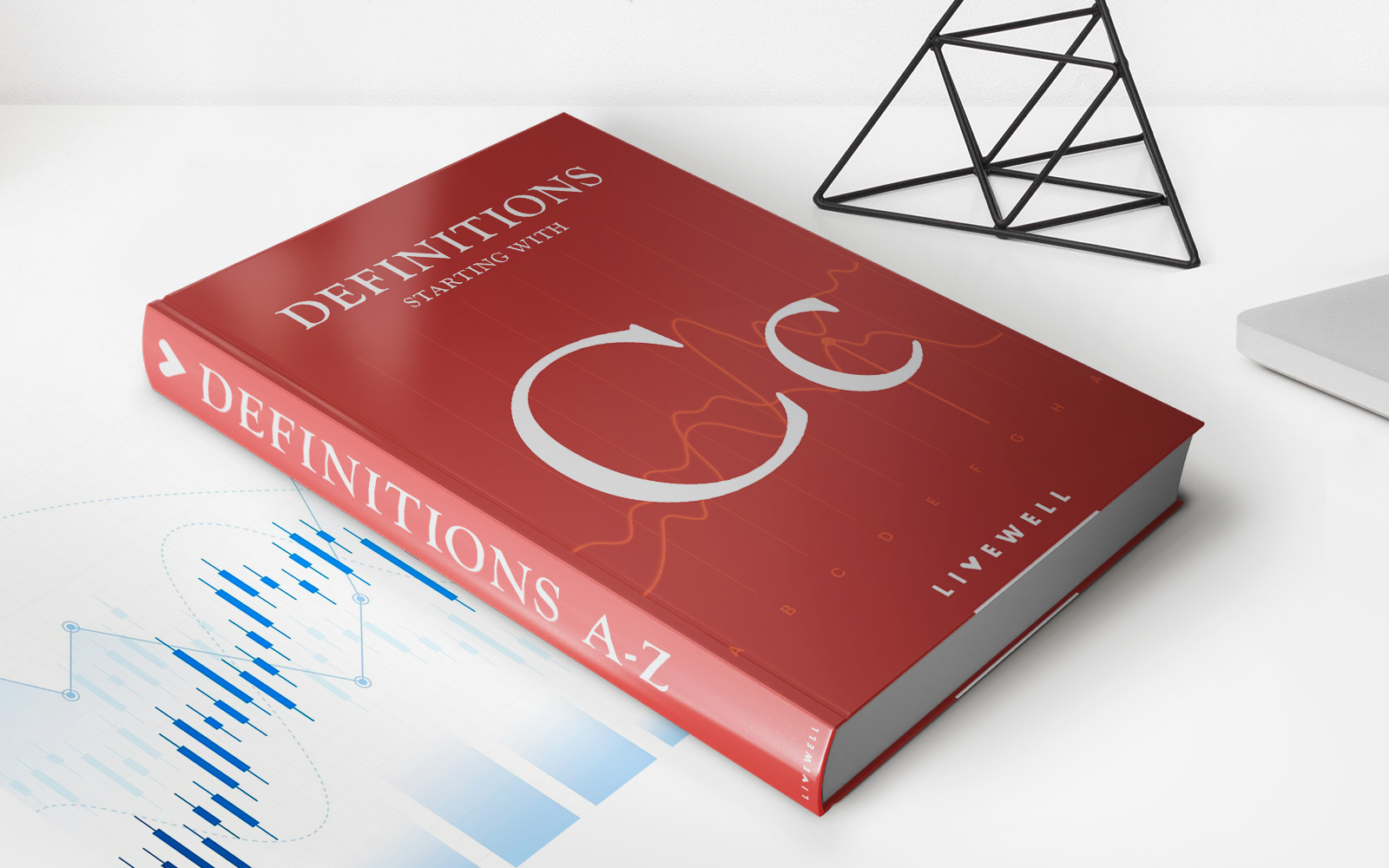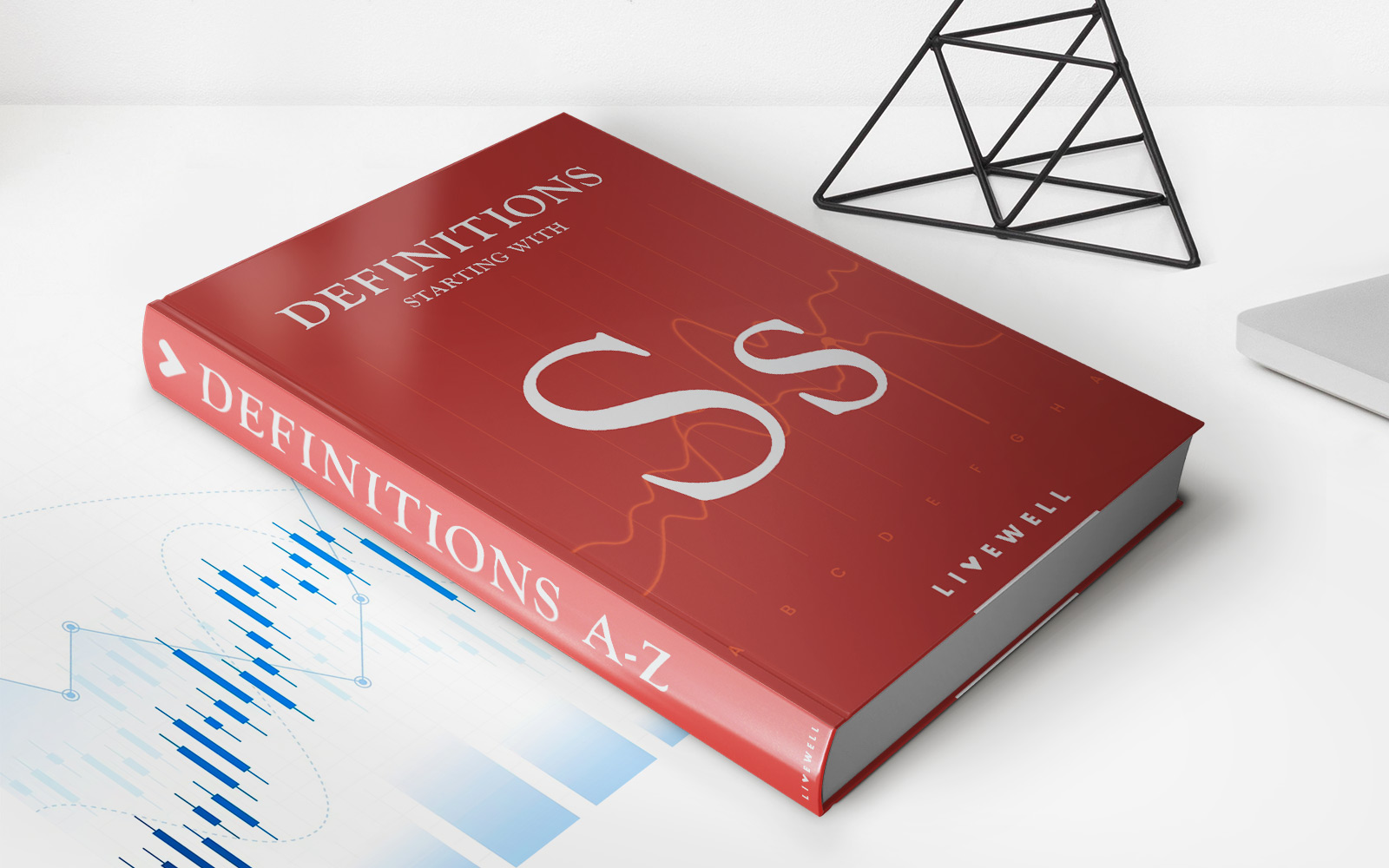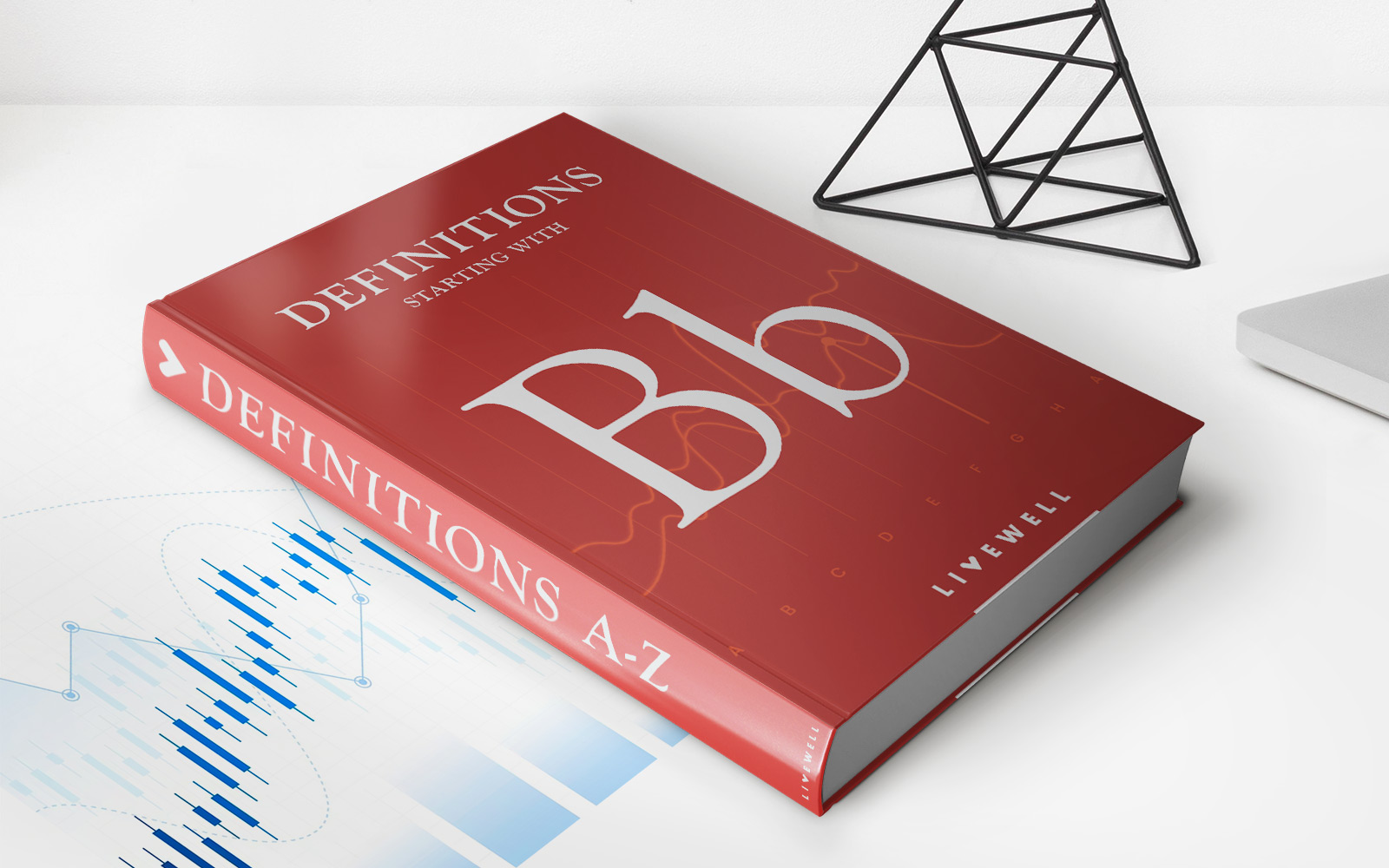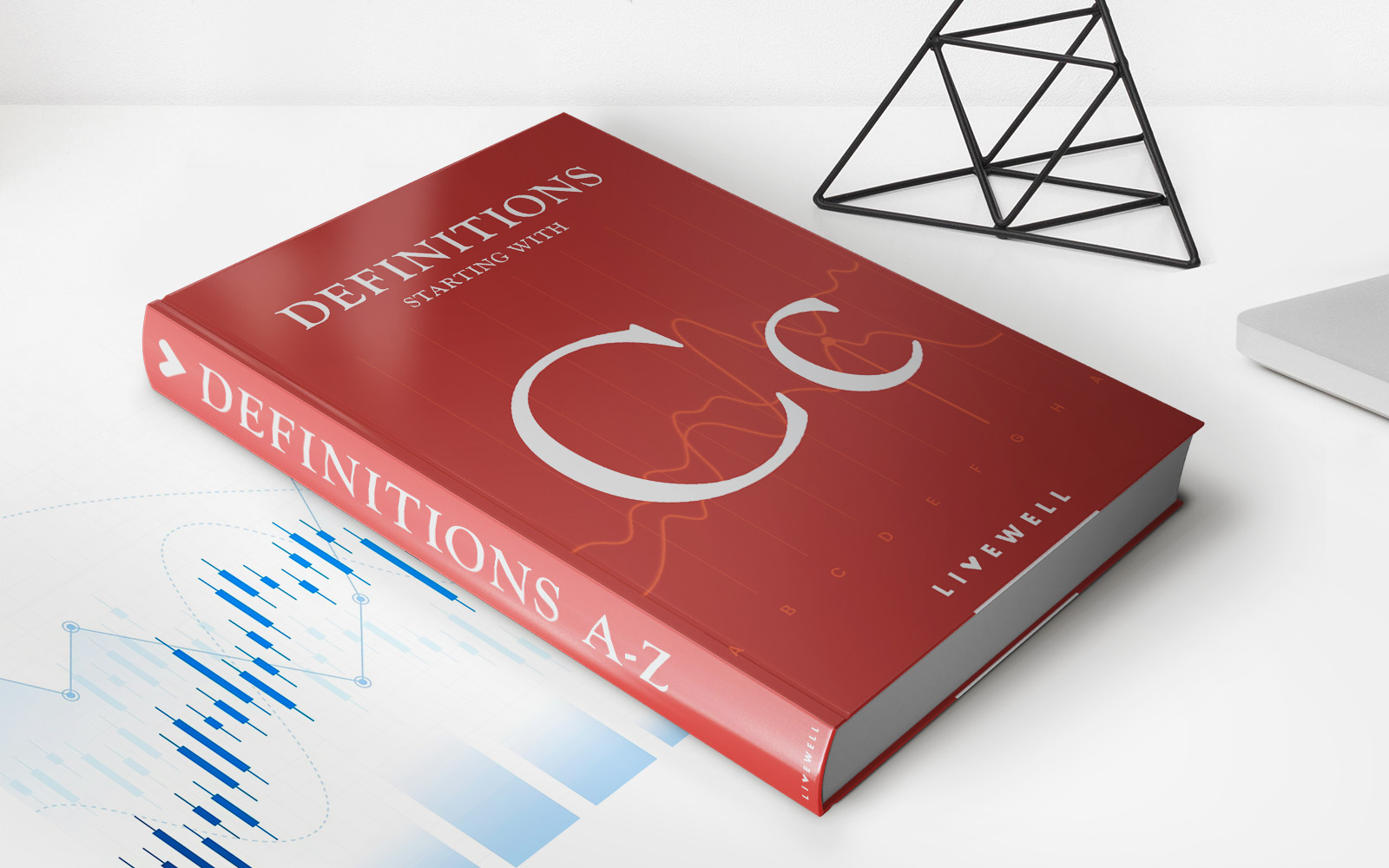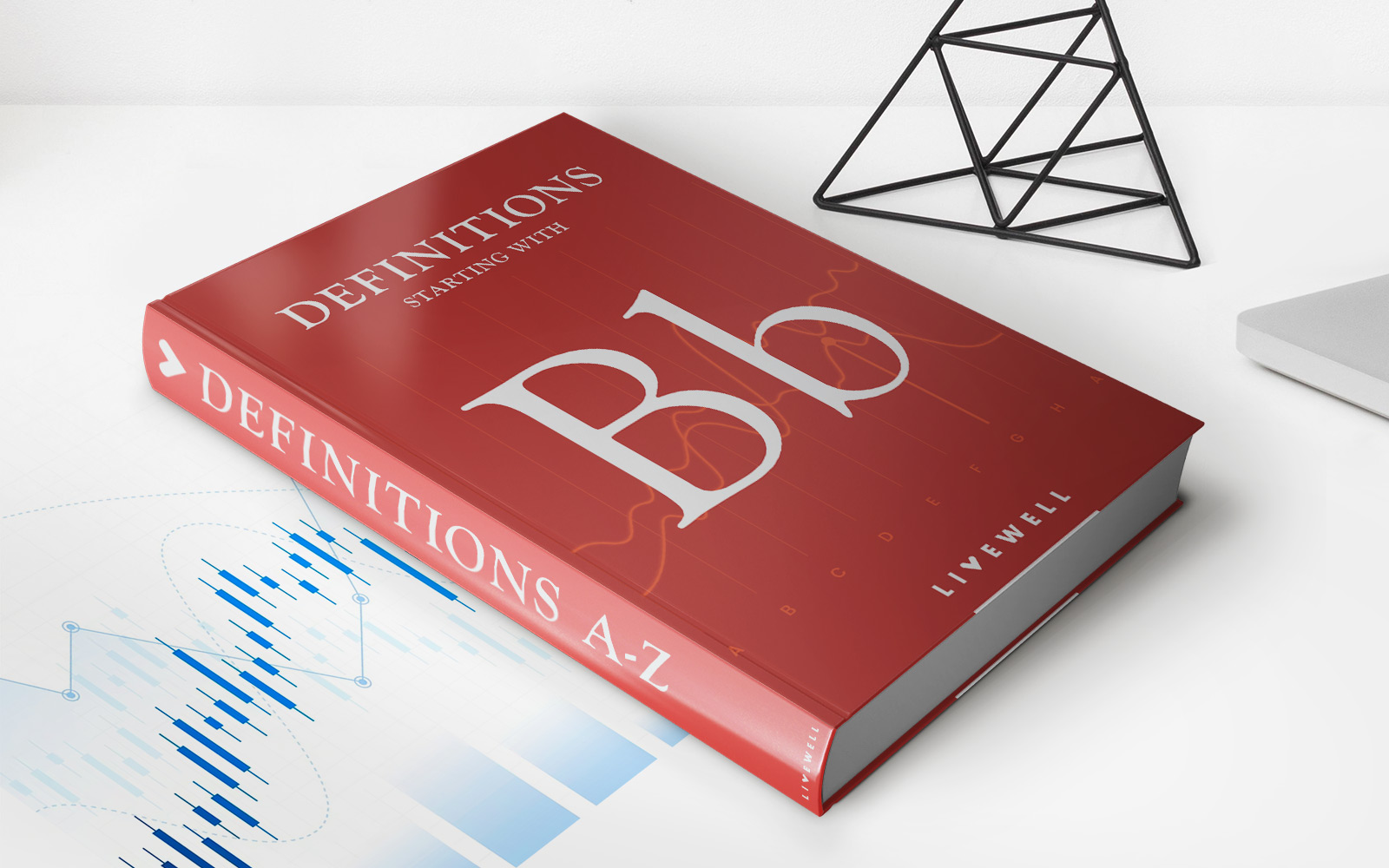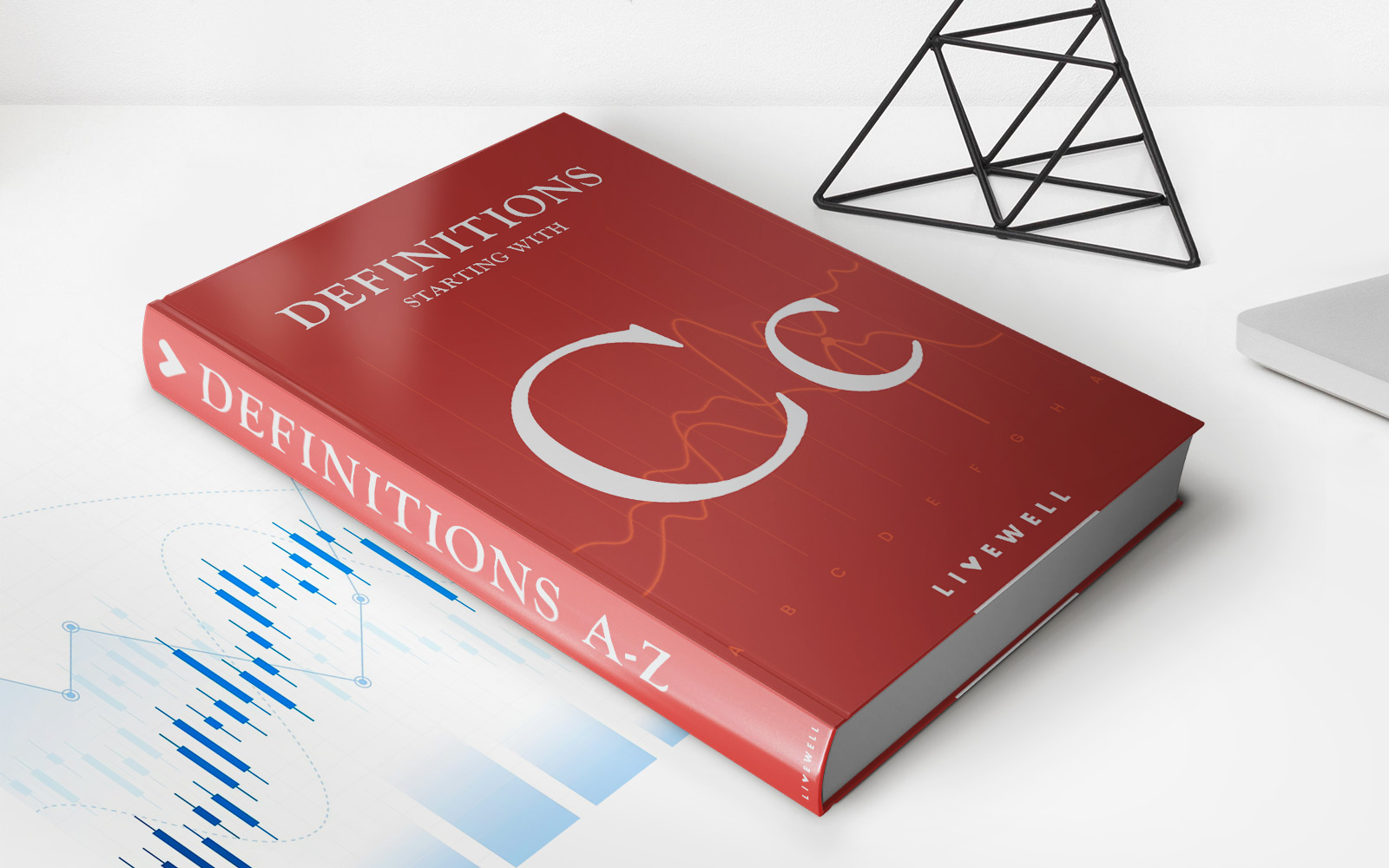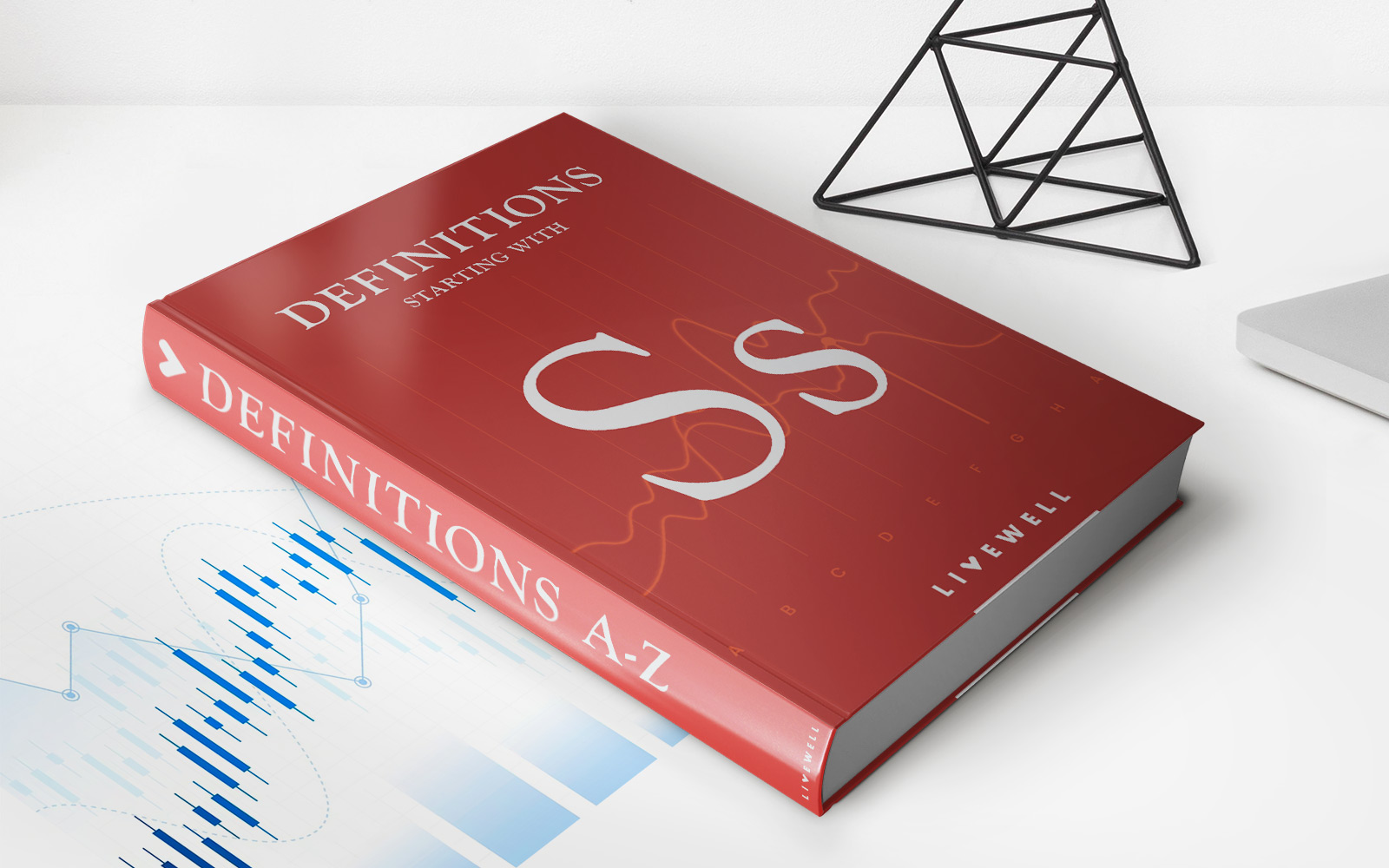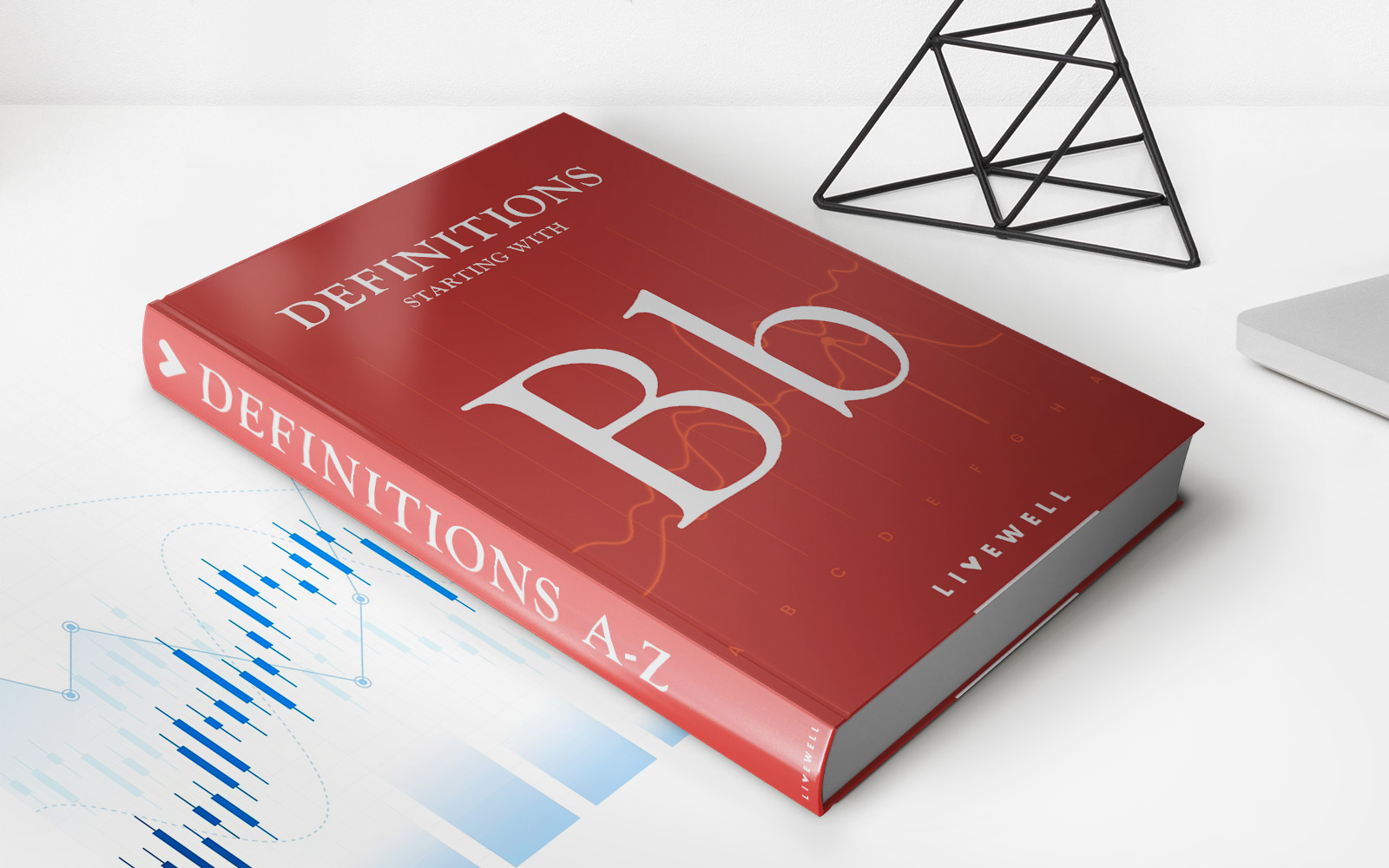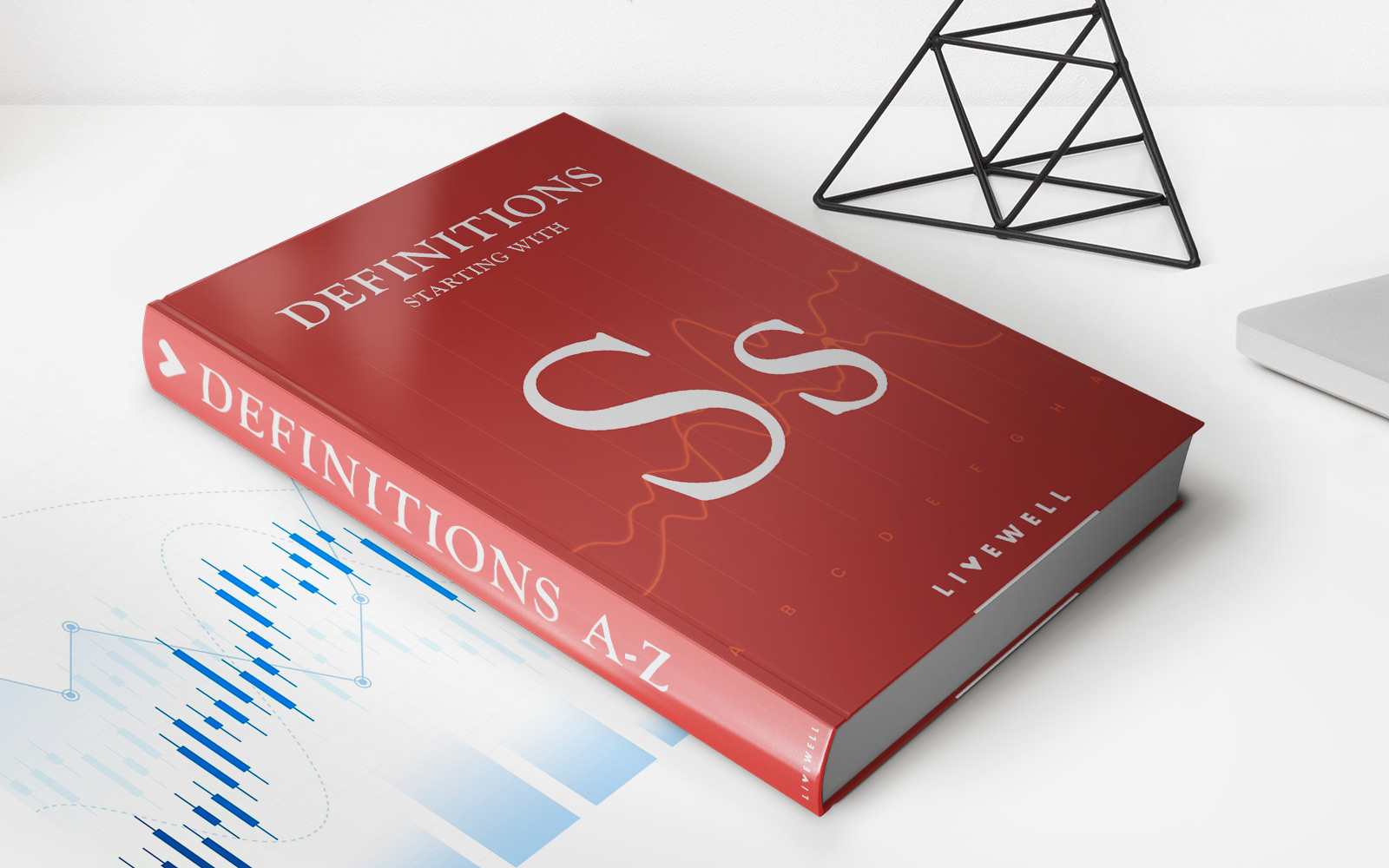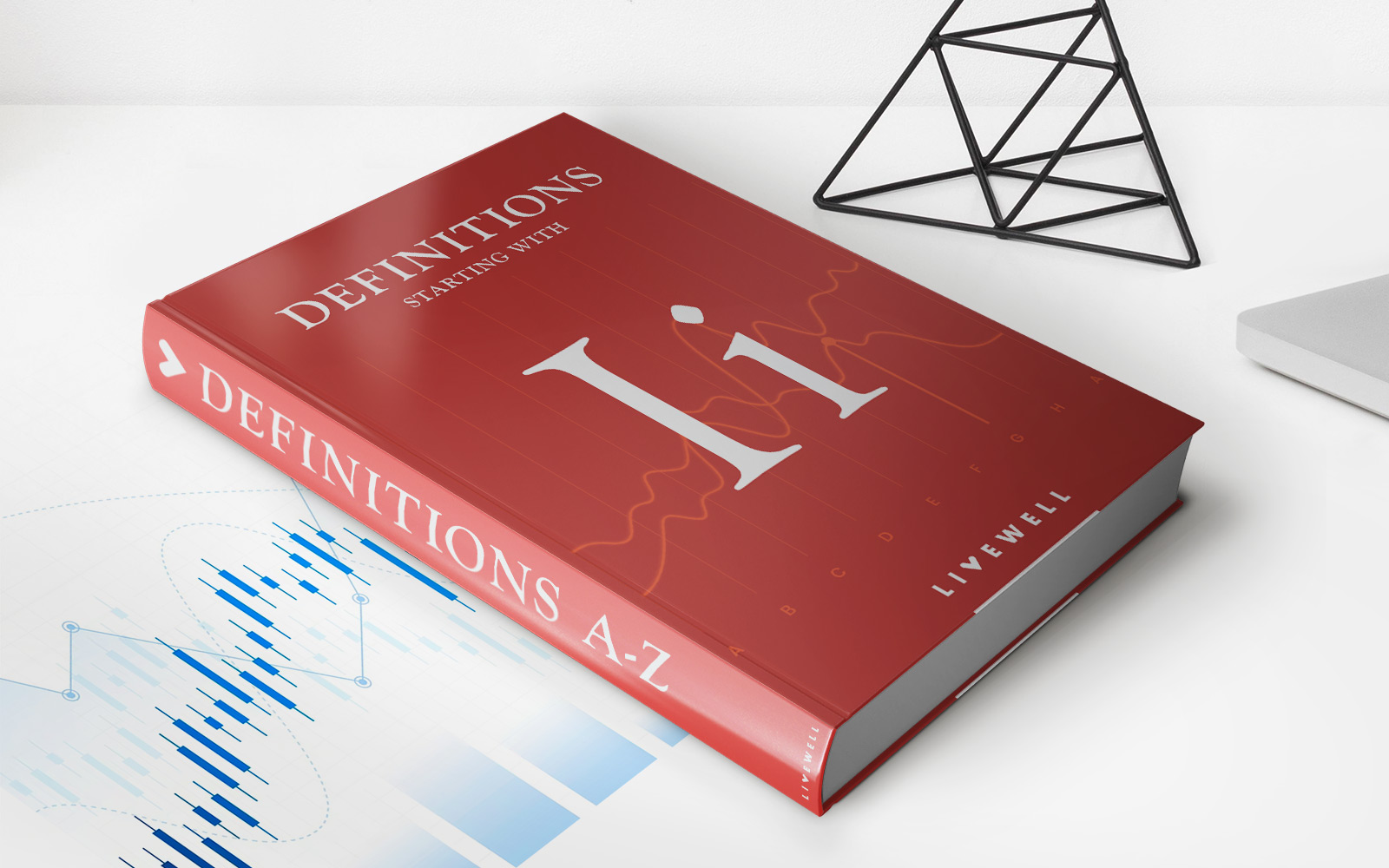

Finance
12b-1 Fund Definition
Modified: October 11, 2023
Learn about 12b-1 funds in the field of finance and understand their definition, purpose, and implications. Enhance your financial knowledge with comprehensive information on 12b-1 funds.
(Many of the links in this article redirect to a specific reviewed product. Your purchase of these products through affiliate links helps to generate commission for LiveWell, at no extra cost. Learn more)
Understanding 12b-1 Funds: A Key Element in Financial Planning
When it comes to managing our finances, it is essential to have a good understanding of various investment options available to us. One such option is the 12b-1 fund, which plays a crucial role in the world of finance. In this article, we will explore what exactly a 12b-1 fund is, how it works, and why it is important in financial planning.
Key Takeaways:
- A 12b-1 fund is a type of mutual fund that charges an annual fee, known as a 12b-1 fee, to cover marketing and distribution expenses.
- This fee is taken directly out of the fund’s assets, potentially affecting the overall returns for investors.
What is a 12b-1 Fund?
A 12b-1 fund refers to a mutual fund that charges an annual fee, often referred to as a 12b-1 fee. The fee is used to cover expenses associated with marketing and distribution of the fund. These expenses can include advertising, commissions paid to brokers, and other costs related to promoting the fund to potential investors. The name “12b-1” comes from the Securities and Exchange Commission (SEC) rule that allows mutual funds to charge this fee.
This fee is typically a percentage of the fund’s net assets and is deducted directly from the fund. The money collected through the 12b-1 fee is used to compensate intermediaries involved in the marketing and distribution of the fund, such as brokers or financial advisors.
How Does a 12b-1 Fund Work?
When an investor purchases shares in a mutual fund that charges a 12b-1 fee, a portion of their investment goes towards covering the marketing and distribution expenses associated with the fund. The fee is assessed annually, usually as a percentage of the fund’s average net assets. This means that as the total value of the fund’s assets increases or decreases, the amount collected through the 12b-1 fee also fluctuates.
The 12b-1 fee is typically outlined in the fund’s prospectus, allowing investors to understand the cost associated with investing in the fund. It is important for investors to carefully review a fund’s fees and expenses before making an investment decision to ensure they align with their financial goals and risk tolerance.
One thing to keep in mind is that the 12b-1 fee is in addition to other expenses associated with owning a mutual fund, such as management fees and operating expenses. These fees can potentially affect the overall returns for investors, so it is important to weigh the costs against the potential benefits when considering investing in a 12b-1 fund.
Why Are 12b-1 Funds Important in Financial Planning?
12b-1 funds play a significant role in financial planning for both individual investors and financial advisors. Here are a few reasons why they are important:
- Distribution and Accessibility: The 12b-1 fee helps fund managers promote and distribute the mutual fund to a broader range of investors. This increases the accessibility of the fund, allowing more people to invest and potentially benefit from its performance.
- Compensation for Financial Advisors: The 12b-1 fee serves as a way to compensate financial advisors or brokers who recommend and sell the mutual fund to their clients. This incentivizes financial professionals to offer the fund as part of their investment recommendations.
- Funding for Investor Education and Marketing: The fees collected through a 12b-1 fund can be used for educational initiatives and marketing campaigns aimed at informing investors about the fund and its benefits. This helps investors make more informed decisions about their investments.
In summary, 12b-1 funds are a type of mutual fund that charges an annual fee to cover marketing and distribution expenses. This fee is deducted directly from the fund’s assets and can potentially impact overall investment returns. Financial advisors and investors should carefully consider the costs and benefits associated with 12b-1 funds as part of their financial planning strategies. By understanding these funds and how they work, investors can make informed decisions that align with their financial goals and objectives.

